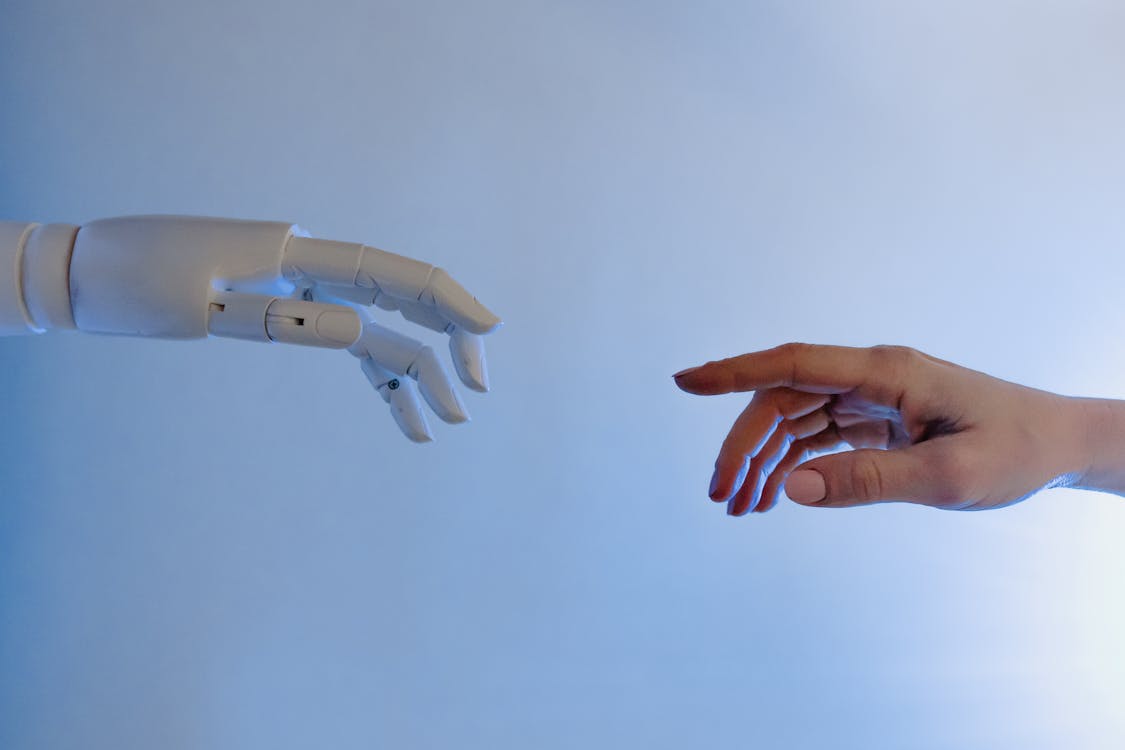
The year is 2053. Specifically, 20 September 2053. Thirty years since I was a university student talking about digital publishing and its bright future. Who knew the culture of storytelling would develop drastically into what it is now? I sure as well didn’t. Why am I suddenly reminiscing about some random university course I took 30 years now? Well, with my involvement in graphic design and digital publishing, I was able to get my hands on a VR prototype that enhances one’s senses on digital books a few years back and just a few weeks ago I bore witness to the release and rise of VR in pop culture, specifically, for digital books.
I guess I should’ve seen this coming, technology has been integrated into our society for decades and the rise of webtoons and interactive storytelling back then should’ve been a hint. Maybe I did notice but didn’t want to in fear of some sort of dystopian society straight out of those sci-fi movies? I don’t know. Who cares; when the future is present, what’s done is done.
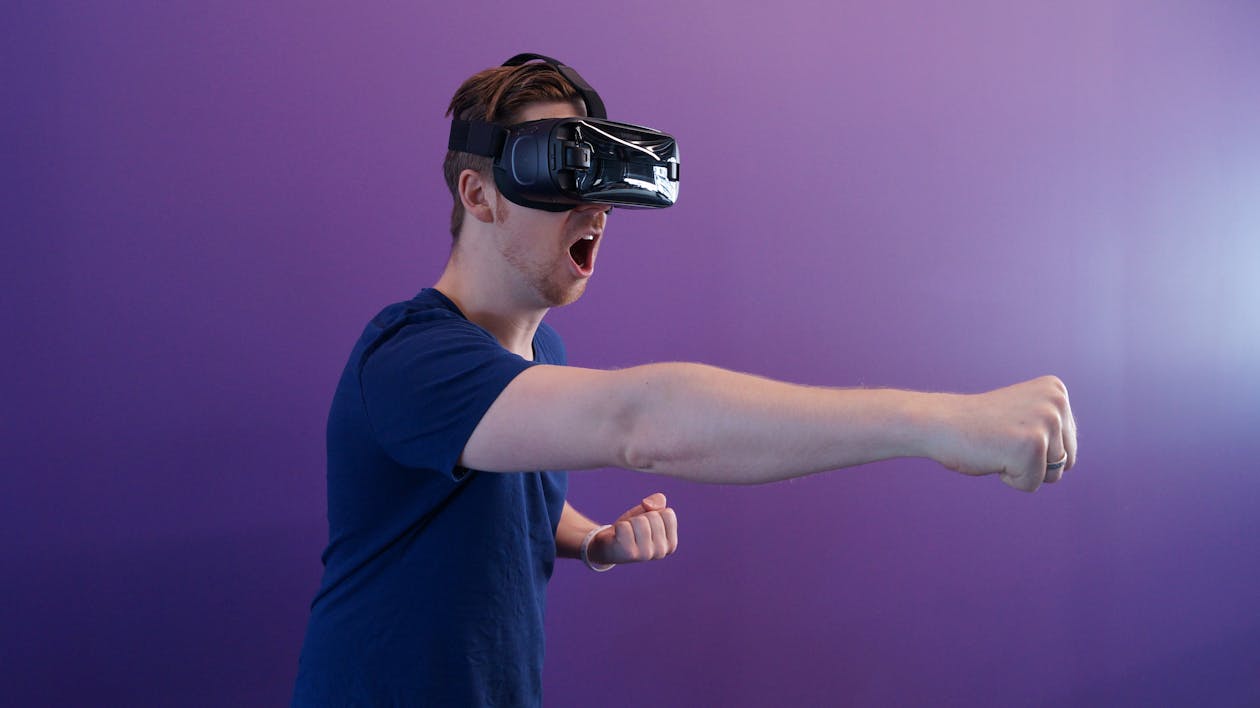
Either way, it’s crazy to see how far digital books have come and the grasp it has on society now. It looks straight out of those dystopian sci-fi movies I used to be scared of as a kid. On the large electronic ads across cities, you’re constantly faced with a person wearing VR goggles and a large smile peeking under as they wave their arms frantically like they’re balancing on a tightrope. Or that one guy whose mouth is in a straight line as his arms are held close to his body, like he’s holding a gun. Or even that one viral clip of the old lady who didn’t know she was reading a horror book and when a ghost popped up in front of her face, she screamed and fell. VR has been around but with the rise in digital books being published on an archive similar to Steam, even those hiding away in their rooms reading were brought out to enjoy VR and AR with everyone.
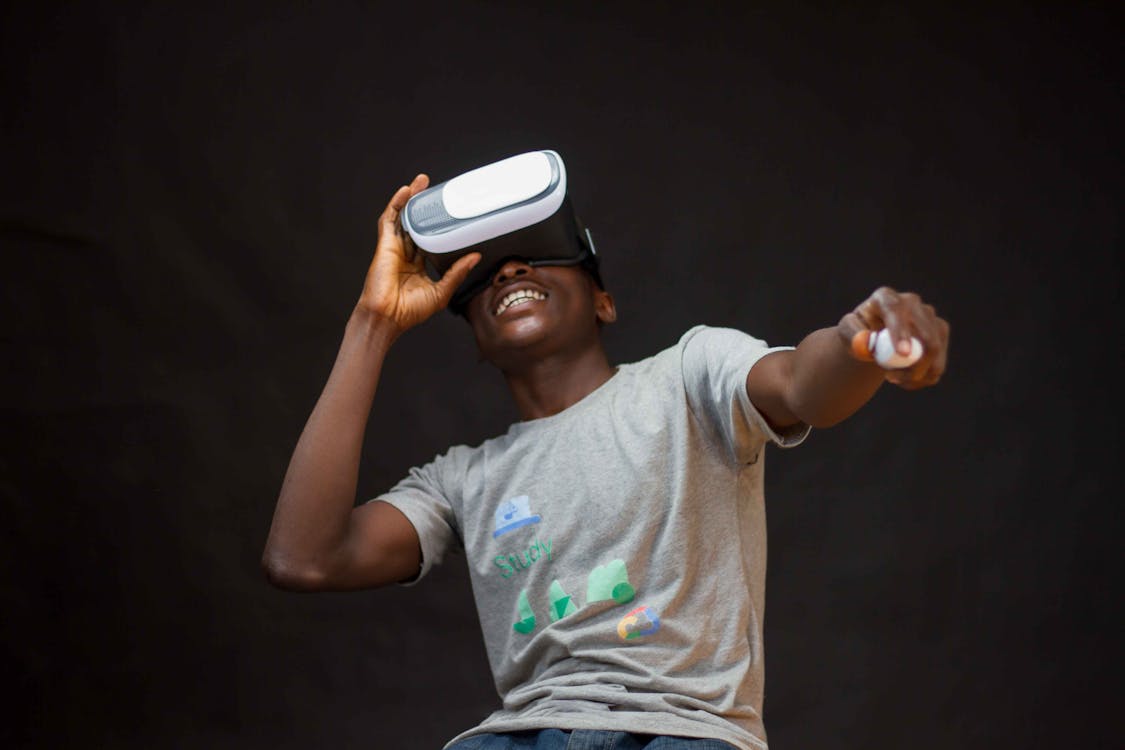
Nothing much has changed with VR, only the expansion of opportunities for digital books. In VR, there’s an archive much like steam, except for digital books that many artists can publish. From small creators to large companies, anyone can publish their books into the archives for the public to read and experience. One of the larger differences is the additional technology accessories created to accompany the VR. Now, there’s upgrades on head, hand, eye, and body tracking so when you read and experience the book, the characters around you are more attuned to your very own actions, making it as if they actually exist and they have realistic responses to your actions. There’s also voice activation; as you’re reading something out loud or making a choice, your voice is being recorded to interact with the story’s progress. It’s crazy! I really couldn’t believe I’m experiencing the future. It’s as Borusk said all those years ago, “The book, distributed across them, becomes a multimedia and multi-navigable space: a virtual reality layered onto our own” (Borusk, 124).
Works cited
Borusk, Amaranth. The Book. MIT Press, 2018.
Note:
Storytelling has had a social and cultural impact for thousands of years, we see them in the form of visual drawings along caves and we hear them orally from person to person. With technology, we are able to mix the two and create a more immersive experience for readers across the world and even expand through time. But how much further can we take with digital books?

I don’t know why, but I admit I had a hard time writing as if I’m 20-30 years into the future and comparing books in the future to back then and so I wanted to write this side-note to sort of go explain what I envisioned (or, at least, hope to see) the future of digital books 20 to 30 years from now. In my future writing, I wanted to take a unique turn and envision myself to be slightly fearful of the future in which I look towards a dystopian sort of society where the people have been completely obsessed with VR technology (kind of like the movie, Ready Player One). While I see a bright future of digital publishing, I thought it would be fun and a challenge to see it as something that could be a downside of the future, especially with the rise in controversy of social media and who’s in charge of them.
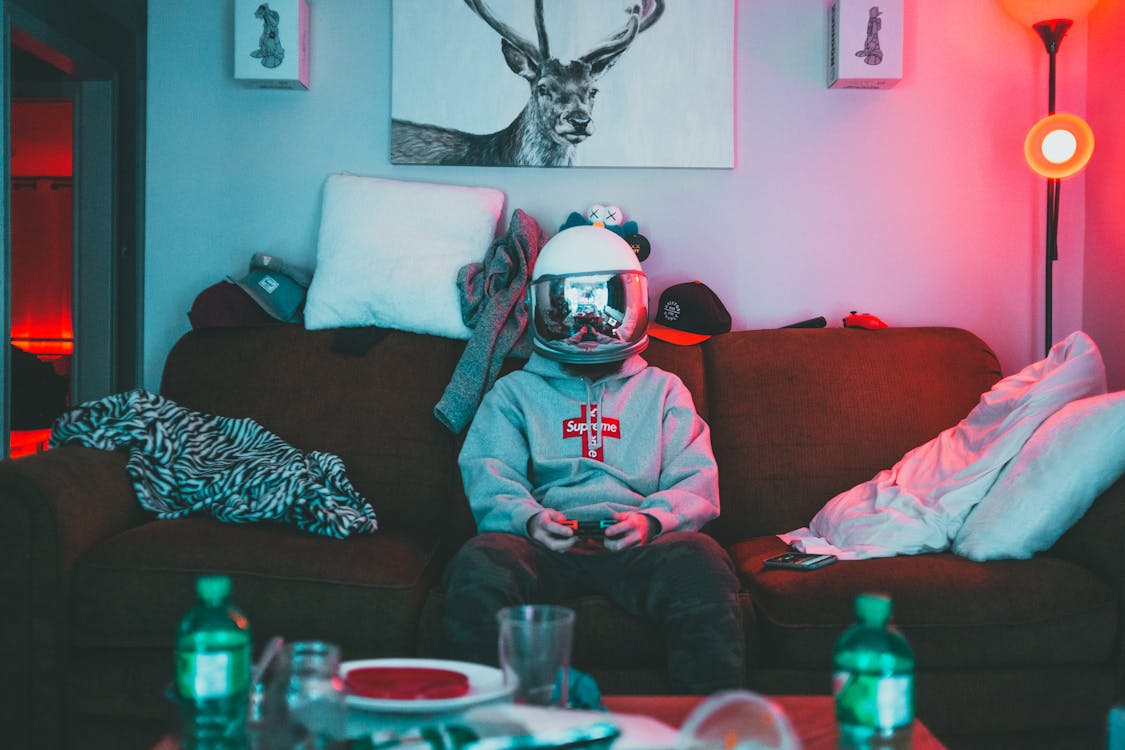
In about 20-30 years, I see digital books creating an immersive space that enhances the reader’s senses. Specifically, I see visual elements whether that be animation or drawings in play, sound effects and voice acting, and even enhancing your sense of touch through vibrations. This idea stems from webtoons. Webtoons are digital comics you can read on the computer or your smartphone and originated from South Korea. It started out as digital comics but as time passed and technology has advanced, authors have begun to use technological resources given to them to add effects to their comics. They’ve added auditory effects such as music and sound effects, visual effects such as animations, and even added vibrations to connect with your sense of touch. One webtoon example that uses all of these effects is a horror webtoon called Shriek. In the story, you would get scary animations of ghosts crawling towards you, ominous music as you read, and random vibrations to scare you. Readers in the comments have expressed their delight at how these effects have helped create a spooky and unsettling atmosphere that pulled the screen closer to their face and sent shivers down their spine. By building off of that experience, I want to see a future where we add that element Webtoon creates to one’s whole entire physical being. By doing so, I want to elaborate on virtual reality in which I mix gaming and webtoons.
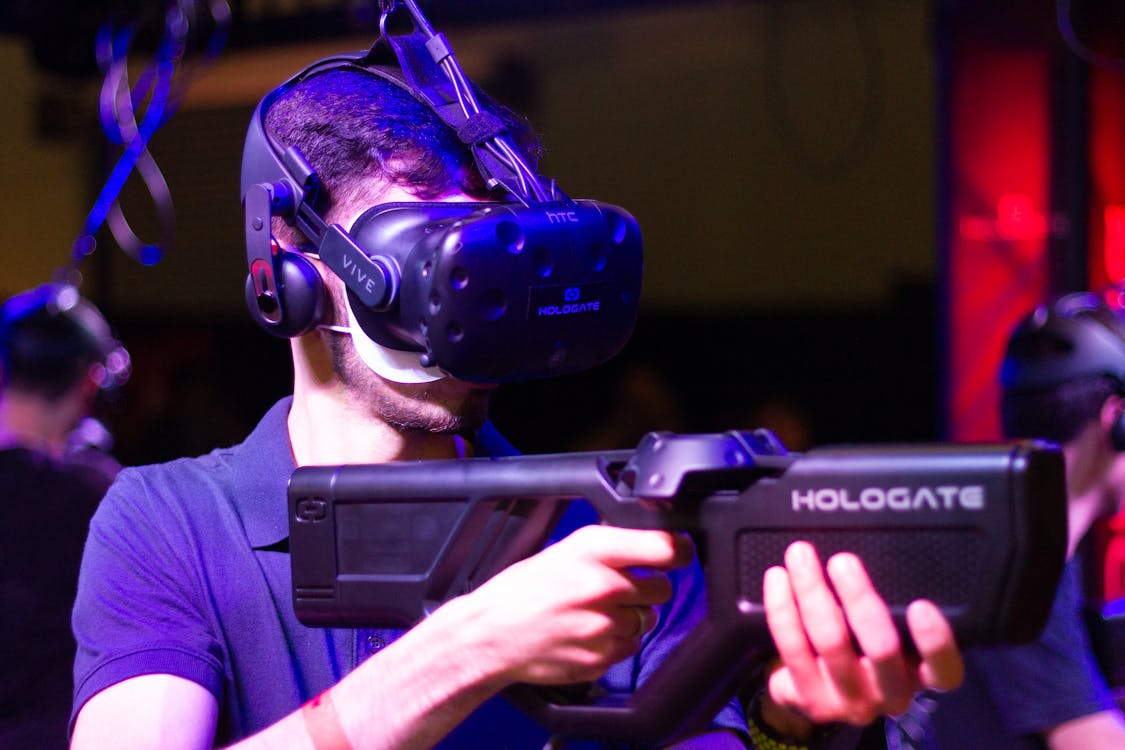
At first, I had a hard time deciding how I envision digital books without crossing the line towards gaming but then I realized video games are simply another way of storytelling. With that realization, I wanted to explore video games which are a great source of interactive storytelling and see how I can mix the two to develop into something greater in 20 to 30 years. Virtual reality is a simulated experience designed to enhance your senses and pull you into another reality. Some elements it has includes head/hand/eye tracking and some even have voice activation and pads or vests to put on so you feel vibrations while playing a game. I want to use these ideas and see how far we can go with digital publishing. I also wanted to talk about augmented reality but felt virtual reality would best fit my vision while connecting digital books.
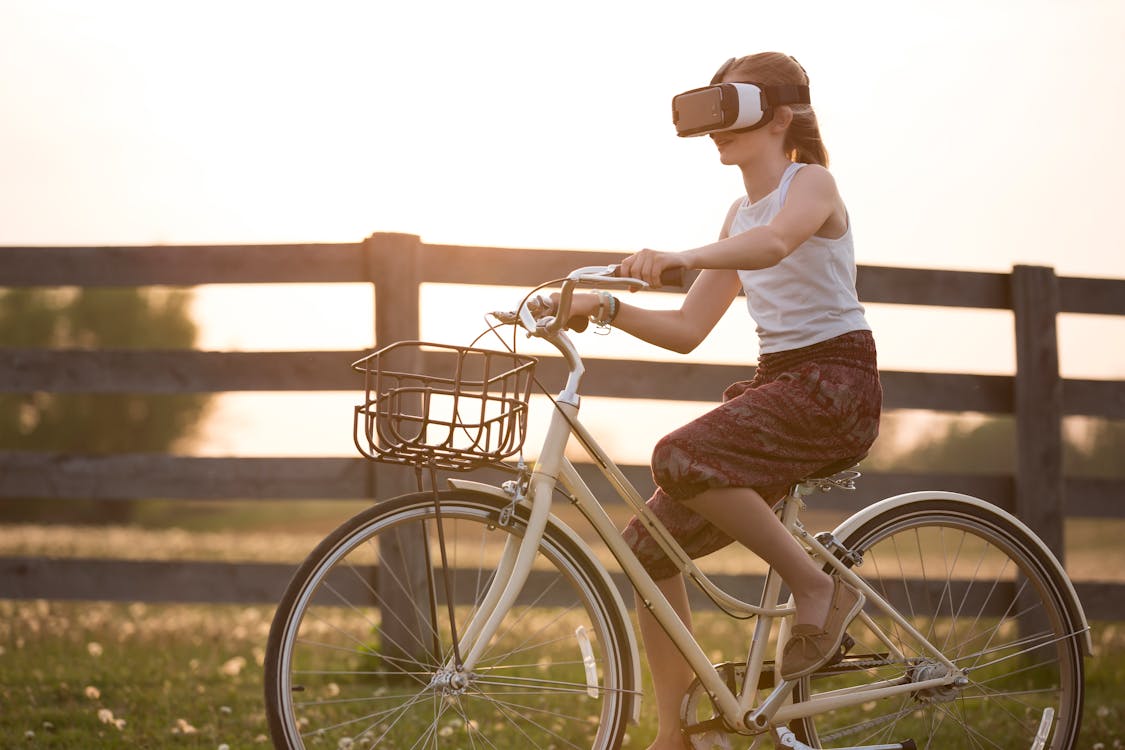
If I were to list a specific example of my vision, I see VR expanding their technology to encompass digital books as well. You can use it at home or even visit a building where a company rents out large rooms for you to use (kind of like escape rooms) and walk around freely. When you put on the headset and vest, you’re in a sort of archive library full of different worlds and stories created by small creators to large scale companies. These stories range from adventure, horror, fantasy, romance, mystery, etc. that you can select from. Once you choose a story, you’re transported into its world where you can choose to be the main character and make your own choices (like the latest game, The Quarry) or be in the world but watch the story unfold (kind of like those 4D movie theaters that place you in the movie. Your head movements, body movements, and eye movements can affect the dialogue (for example, you putting up your fists can indicate the choice of fighting). You can read out loud the dialogue to progress the story and communicate with the characters as if you’re really talking to them. Some examples of voice activation are those horror games where if you speak into the mic, the monster can hear you (for example, Escape the Ayuwoki) or even reading the dialogue can prompt scenes to unfold (ex. Midnight Evil). With the vest, it releases vibrations/sensations to further enhance your physical experience of the story. For example, a character gives you a pat on the shoulder, you can feel the steady thumps on your shoulder in real life. Or maybe you’re playing a horror game, walking through the dark and eerie hallways of an abandoned house alone. Suddenly, you feel a shiver down your back and the grab of your arm that you can feel in real life. The quiet creeks of the floorboards, dark vision only illuminated by a dim flashlight, and the feeling of someone right behind you would surely enhance your spooky experience within the story.
Overall, what I envision when it comes to the future of digital books is a very bright future. I see the integration of digital books and video gaming to create an enhanced version of webtoons and the expansion of video games/movies. I wanted to focus on enhancing the reader’s senses as one of the main developments when it came to the future of digital storytelling.
Photos courtesy of Pexels.